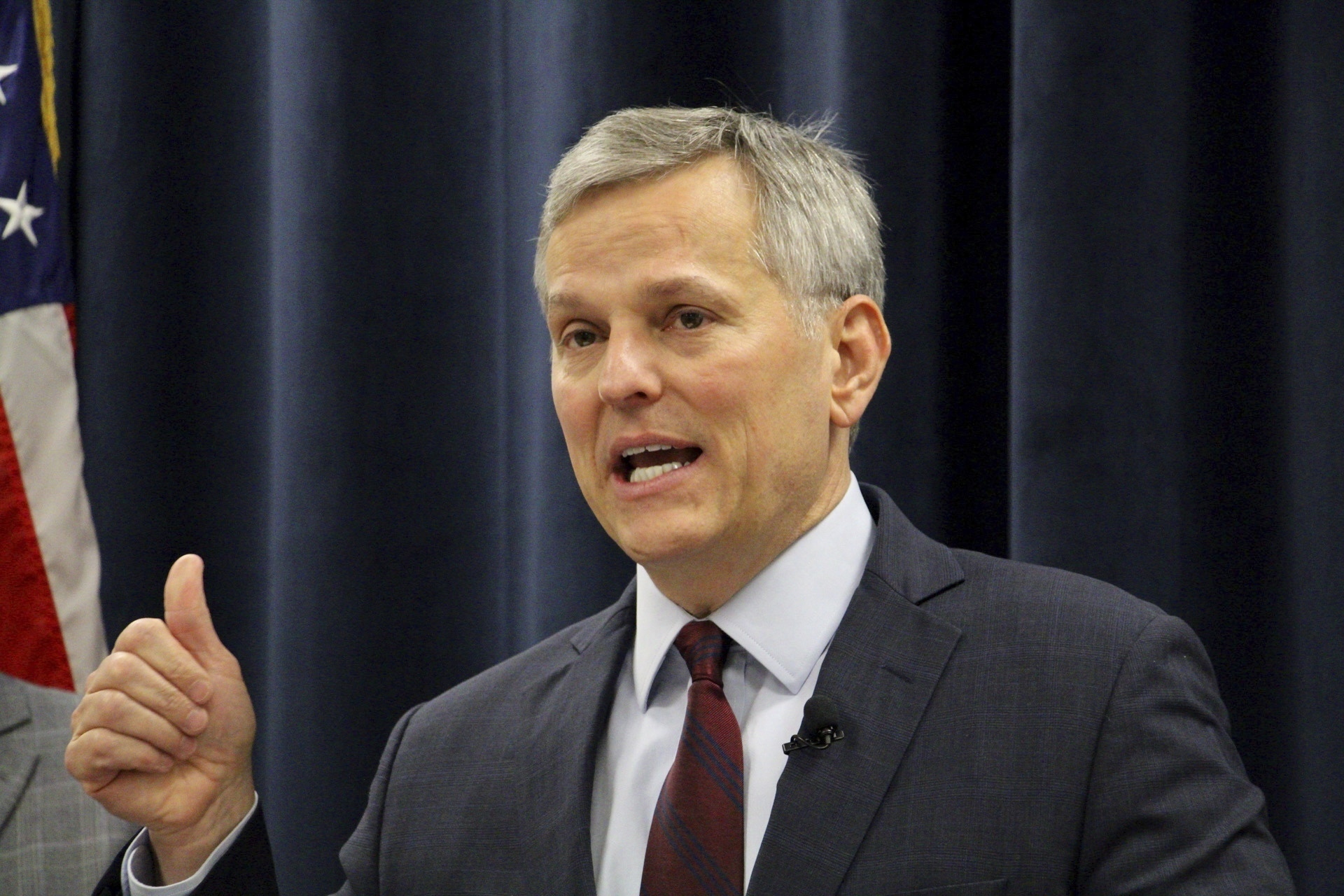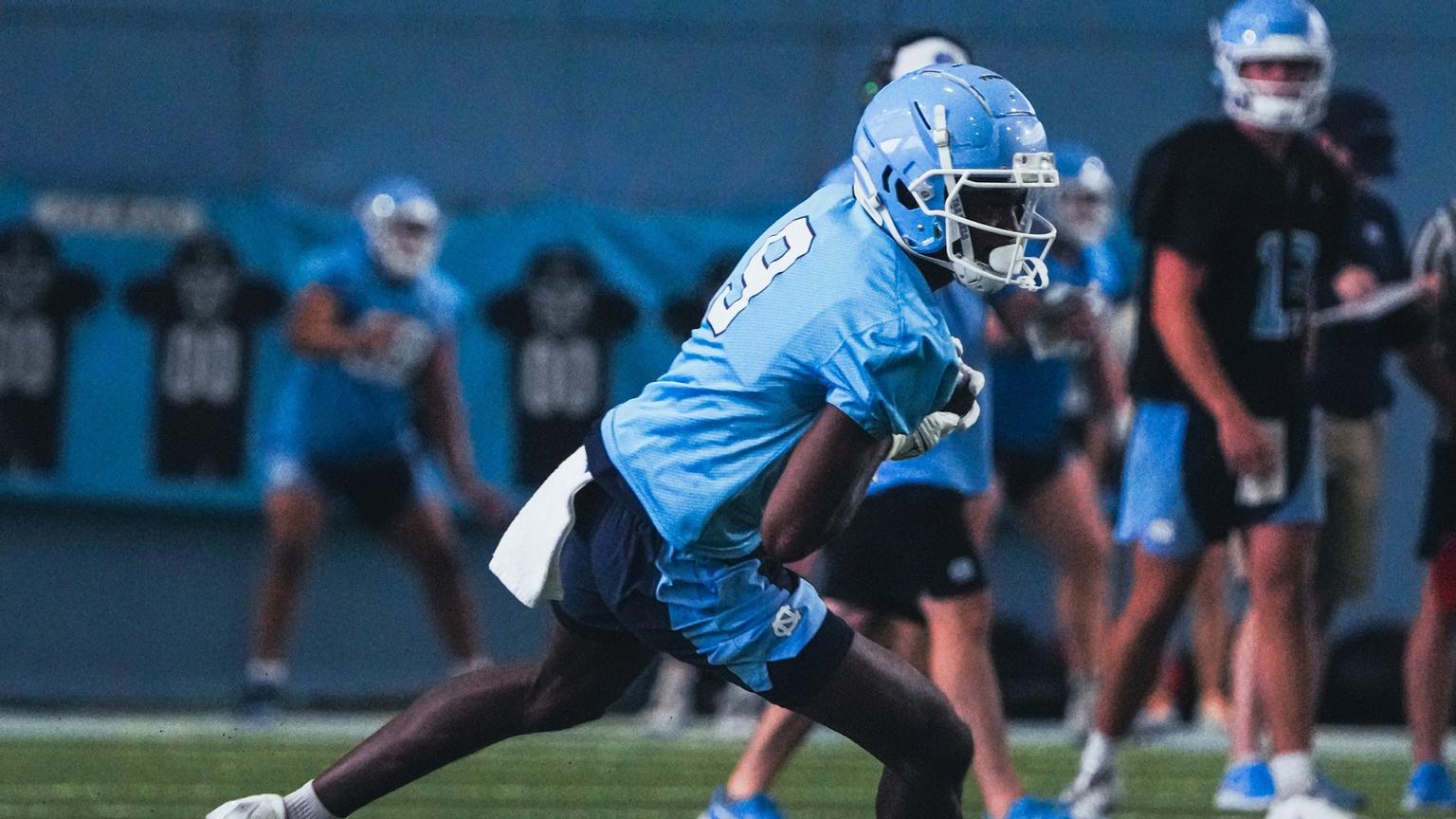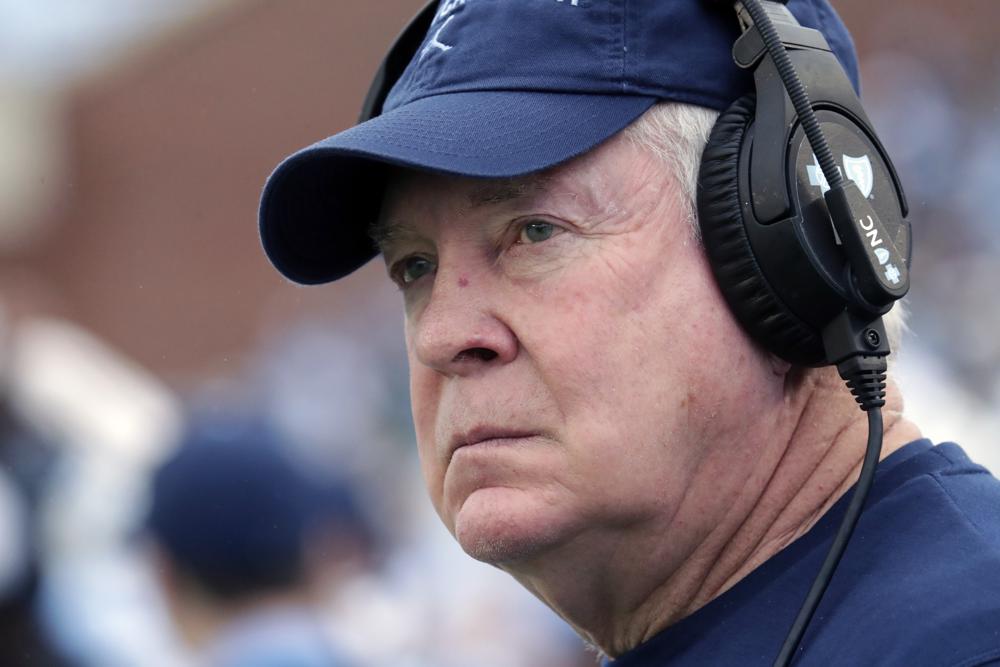The massacre of nine Christian African-Americans on the evening of June 17, 2015 will forever serve as a symbol of American racism unchecked. Sadly, our country has too many of these markers that illustrate the lack of effective policy and policing to address the simmering racist hate against the descendants of African slaves. Rev. Martin L. King, Jr. in his eulogy for the four African-American children killed in the 1963 Birmingham church bombings stated, “[The victims] say to each of us, black and white alike, that we must substitute courage for caution. They say to us that we must be concerned not merely about who murdered them, but about the system, the way of life and the philosophy which produced the murderers.” As a sport business professor, I also ask us to urgently examine, question, and reevaluate our collective role in the empowerment of African Americans in the sport industry. Institutions and structural patterns of sport are unlikely to breed the horrific actions of a Dylann Roof but they do create and nourish very disturbing disparate outcomes. The data clearly and definitively outlines the negative narrative:
- 94% of college faculty athletics representatives are white
- In all NCAA divisions, whites hold 91.3% of all head coaching positions
- In all NCAA divisions, whites hold 92% of the athletic director positions
- 100% of the College Football Bowl division conference commissioners are white
- 10.6% of NCAA DI Women’s Basketball head coaches are African-American women
- 3.7% of NCAA DI Men’s Basketball head coaches are African-American men
The media also plays a very significant part in this systemic masterpiece of exclusion. By feeding the American public a daily stream of negative news stories of African-American athletes and coaching failures, mishaps, and misfortunes, the narrative of the ill-equipped and untrustworthy persona is fostered and baked into our mindsets. Cases in point include the saga of Tiger Woods 2.0 and how black versus white protesters are portrayed at entertainment and sporting events. Fear and implicit bias is born from our observation and interactions of the unfamiliar, so the media concern is very critical to our unification as a country. Anti-racism education describes how the systems work to blind us from injustice and the harmful tentacles of racist activities. Far too often broadcasts characterize white male athlete exploits as individual misdeeds only worthy of limited coverage while black male athlete conduct is portrayed as a pattern and the representation of a shared behavior defect. We need not look any further than the churning of white male head coaches after their lack of achievement at previous organizations while many deserving black males wait patiently for their one opportunity. Will we ever take the lessons of harmony, teamwork, and diversity from the playing fields to the boardrooms? Successful organizations have realized that we learn the most from those we have the least in common with.
So, as the country wails in pain, screams in anger, and prays in hope, I am encouraged that more Americans will become courageous and leave the comfortable chamber of silence. Yes, symbolism matters, and the Confederate flag removal deliberation spurns more critical conversations. However, poor results exist in the world of opportunity, access, and inclusion for people of color because most American institutions were not built to embolden everyone. And as programmed, those in power do not question and address the “beam in [thine] own eye.” (Matthew 7:5) In particular, the college sport system is so beholden to tradition and its ever-increasing economic power that the shift to embrace and encourage many new faces to leadership roles can be shocking. This paralysis is expressed in comments such as “there aren’t enough candidates” and “it takes time because the jobs aren’t available.” As polite and genteel the explanations may appear, the origin is similar to the xenophobic mindset of someone who is afraid that “…you are taking over the country.” Black bodies running, throwing, and jumping must be restricted to the turf, courts, and fields.
The nation mourns the tragic occurrence of the Charleston Massacre, but the alarming act is not surprising based on our country’s previous attempts to address racism, foster respect, and promote love. Until all Americans learn the real history of our country; question, discuss, and debate policy reform; address the lack of inclusion; and establish a new paradigm and structures of empowerment; the shooter(s) will continue to live amongst us – in the press room, coaches’ suites, and corner offices.







Comments on Chapelboro are moderated according to our Community Guidelines